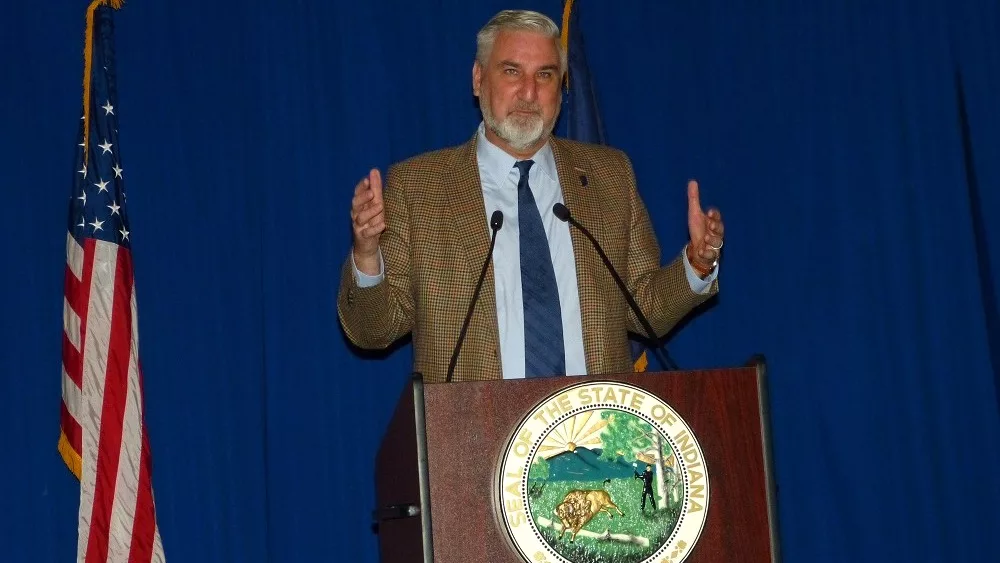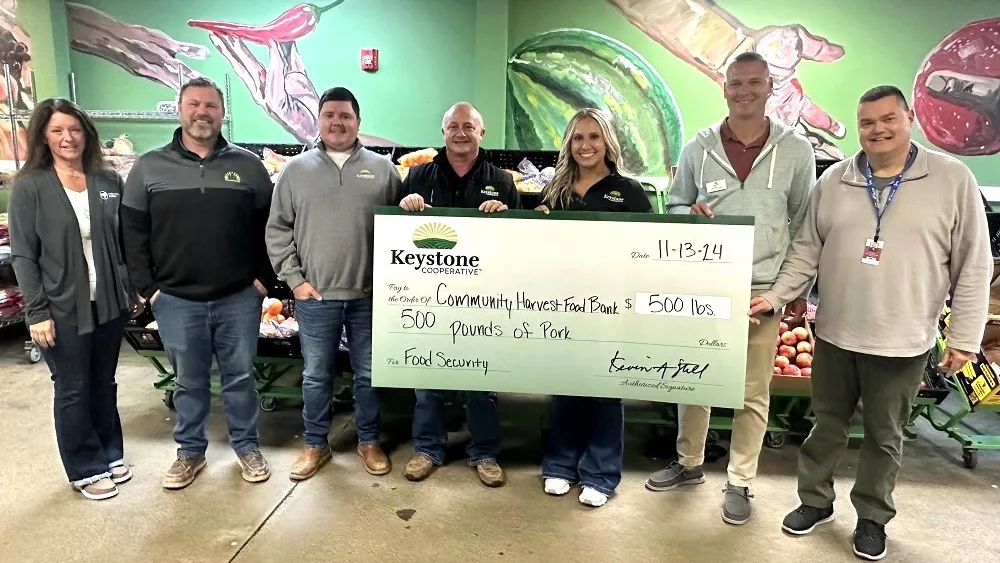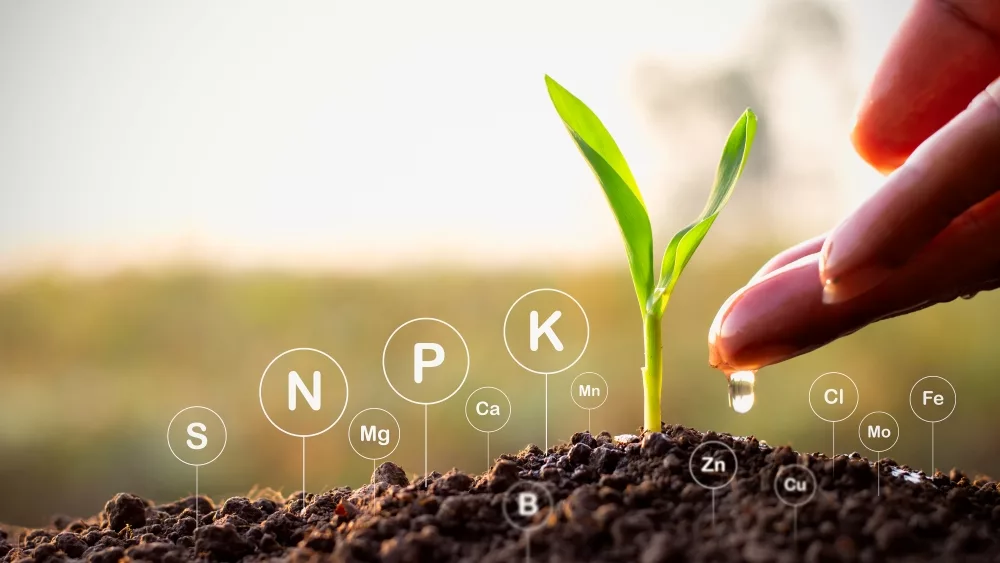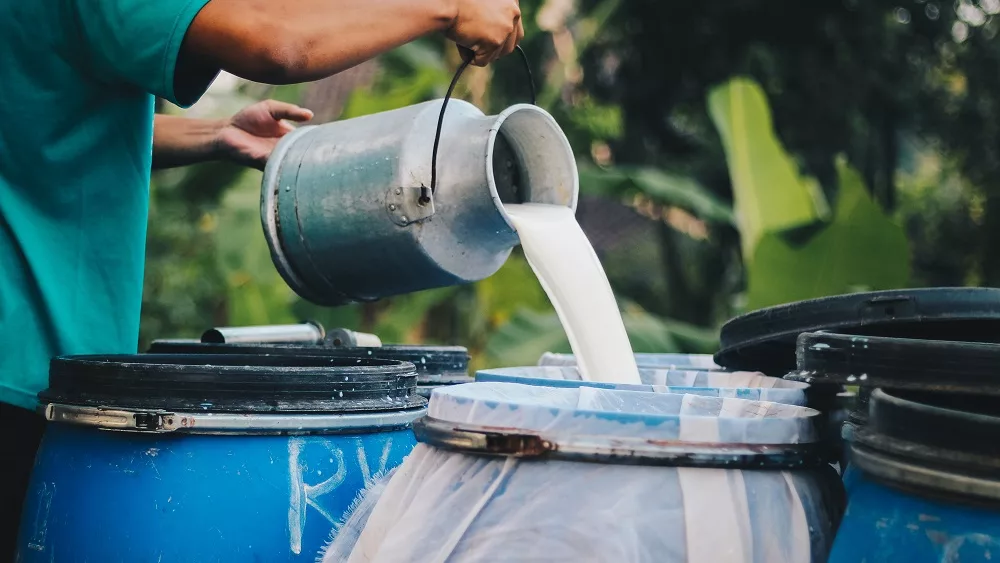As of April 19, Indiana has achieved free status for highly pathogenic avian influenza (HPAI). This designation, as listed with the World Organization for Animal Health (WOAH, formerly OIE), allows exports and international trade for Indiana poultry products to be restored.
The Indiana State Board of Animal Health points out that HPAI-free status is NOT an “all clear” or an indication that the risk of the disease is over in Indiana or the United States. Owners of all flocks, large and small, need to remain vigilant in biosecurity and preventing introduction of the virus.
The influenza virus is still very active throughout parts of the United States. HPAI has been identified on 825 premises in 47 states since February 2022, with new cases as recently as last week. Wild birds infected with HPAI have been found from coast to coast in various species, including waterfowl (ducks, swans, geese, gulls, etc.), raptors (hawks and eagles), as well as other common species (American robin, common raven, wild turkey).
Steps should be taken to minimize wild-bird exposure to poultry as much as possible. Nationally, concern is growing that another wave of HPAI cases could crop up with spring migration.
The first HPAI case of the 2022-2023 incident in Indiana—and the nation—was confirmed in early February 2022 in a Dubois County turkey flock. To date, Indiana has had 10 commercial poultry flocks (ducks and turkeys) and five small/hobby flocks (mixed species) test positive for HPAI in six counties. All commercial sites have been cleared to restock at the owner’s discretion. All control areas and surveillance zones have been released.
Under WOAH guidelines, HPAI-free status can be declared for a state or region after the disease has been eliminated on all affected farms and no new infections are detected during a minimum waiting period of 28 days.
Indiana is a leading producer of poultry, eggs and poultry products. Nationally, Indiana ranks number 1 in production of ducks, second in layer chickens and table eggs, and third in turkeys, as well as a major producer of broilers.
Source: Indiana State Board of Animal Health




